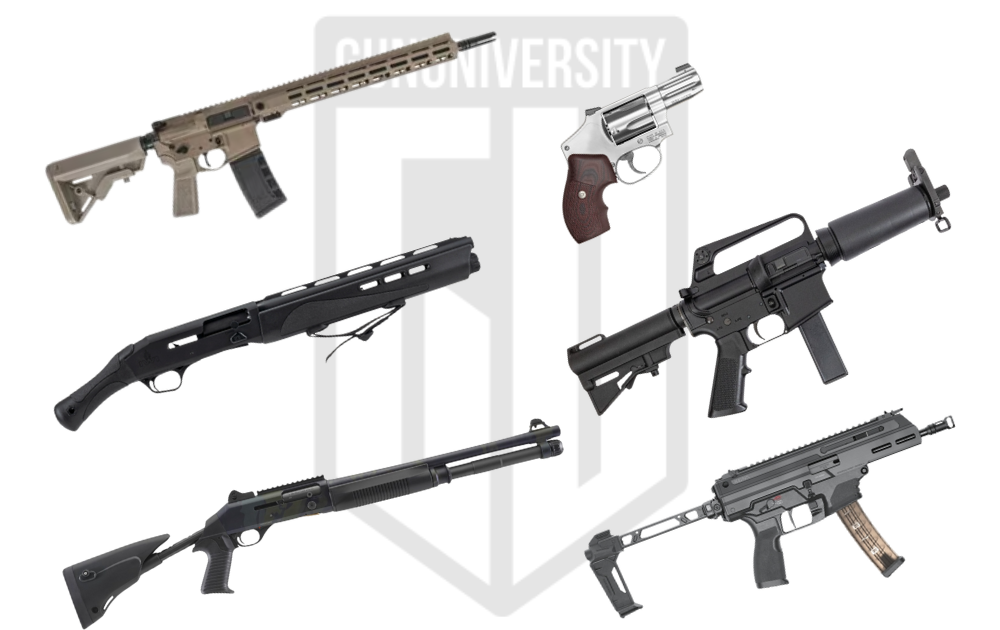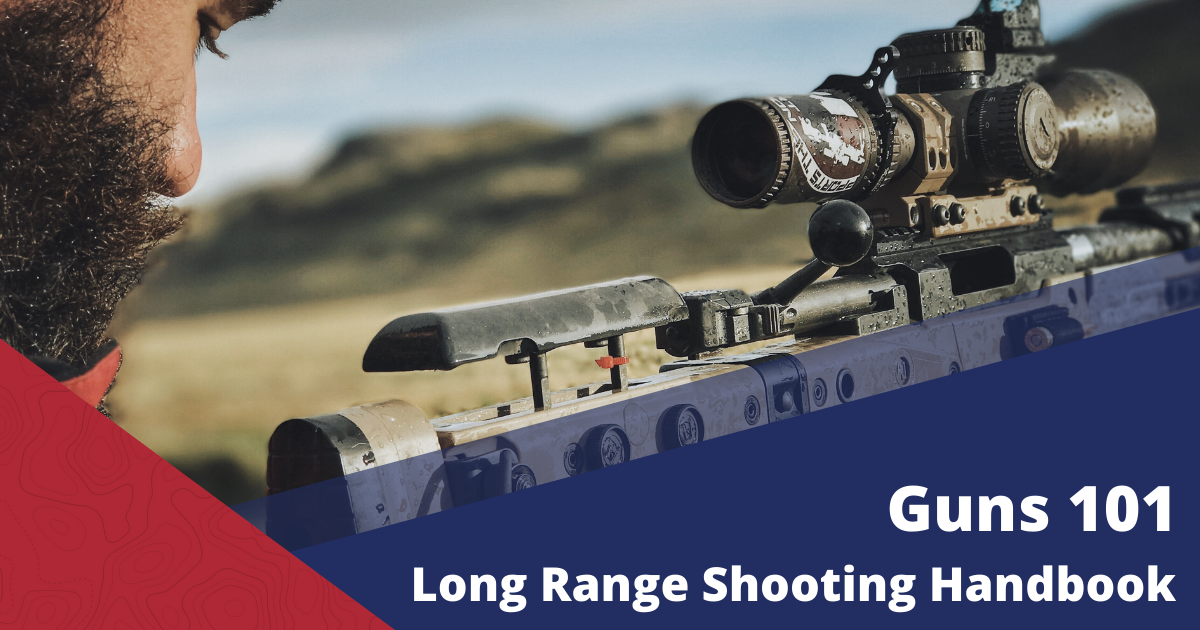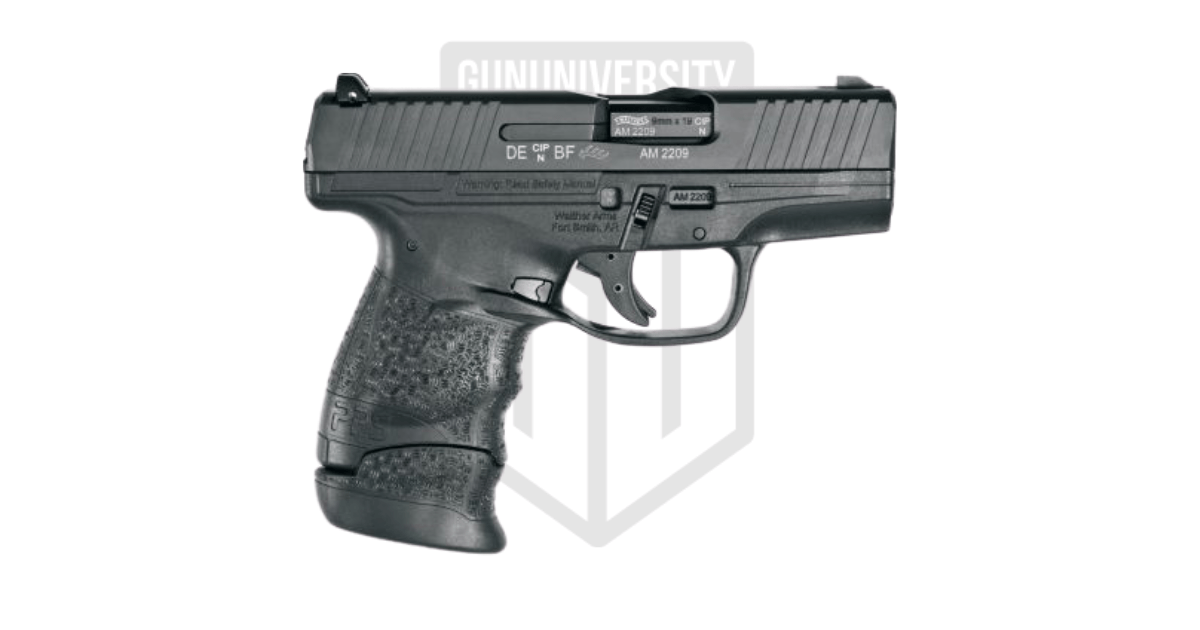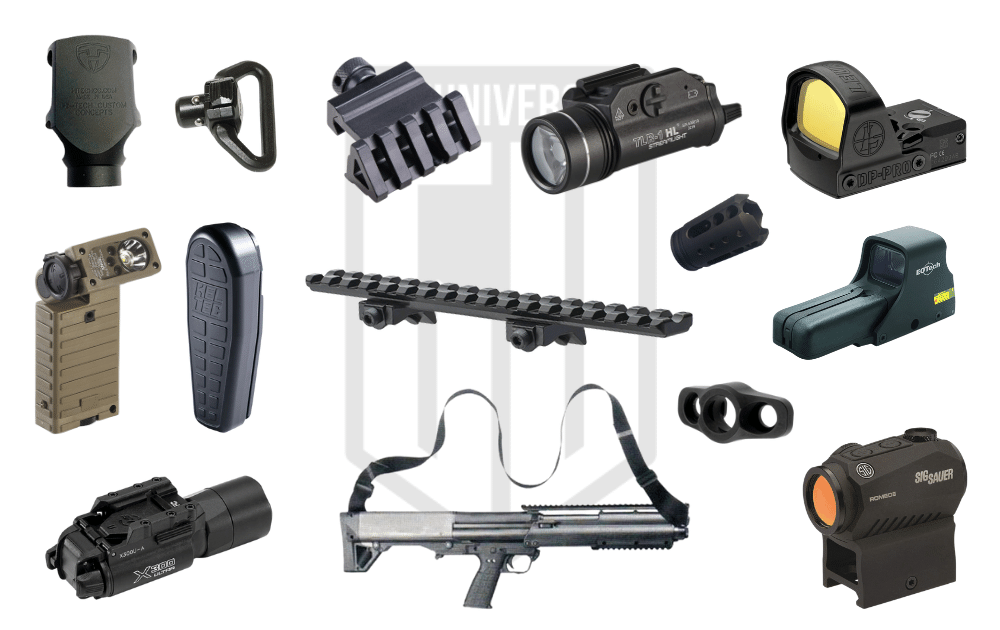How To Build AR-15 Upper Assembly
Welcome to build uppers 101. Today I’ll be your instructor in taking a grab bag of parts and turning them into the upper receiver for your next AR-15 build. Assembling an upper isn’t too tough, and you don’t need to be a trained gunsmith to make it work. With that said, it’s a little tougher than putting Legos together, but we will tell you how to build an AR-15 upper assembly.
However, I’m betting you and I can get through it with relative ease. Let’s start by looking at the parts you’ll need to assemble your upper receiver.
Here are the list of parts you need to assemble an AR15 upper receiver:
- Supply List For Assembling AR 15 Upper
- Stripped Upper Receiver
- Barrel
- Barrel Nut
- Handguard
- Gas Tube
- Gas Block
- Forward Assist Button and Spring
- Dust Cover
- Hinge Pin
- Dust Cover Spring
- Muzzle Device
- Numerous Roll Pins
Here are the tools for assembling AR 15 upper receiver:
- Armorers Wrench
- Torque Wrench
- Allen Keys and Driver
- Anti Seize Grease
- AR15 Upper Receiver Block
- Vise
- Small Mallet/Hammer
- Needle-Nose Pliers
- Flashlight (Headlamp preferred)
- You may also need the manufacturer’s specific wrench to attach the barrel nut.
Starting Steps the Basics
Here are the steps for building an AR 15 upper. We have them broken into two sections, the small parts in the upper receiver and the barrel components and install onto the upper receiver.
- Small Parts
- Step 1 – Prime the Upper
- Step 2 – Install Dust Cover
- Step 3 – Install Forward Assist
- Barrel Assembly
- Step 1 – Install the Barrel
- Step 2 – Assemble Gas Tube to Gas Block
- Step 3 – Install Gas System to Gun
- Step 4 – Bolt on the Handguard
- Step 5 – Install Muzzle Device
Installing the Small Parts Onto Upper
Step 1 – Prime the Upper
Before we start assembling pieces, ensure you have your upper ready. Clean off any packing grease or oil. That gunk can make the upper slick to handle, and having it slide around when you’re trying to install small parts is a pain. I like to wipe mine down with special attention paid to the threads that hold the barrel. Your mileage may vary here, but I like to make sure I have the upper nice and clean.
I advise bringing a nice bright light, even a headlamp, to help you work. In a decent environment, you are still likely to create shadows that will make it tough to see the smaller parts of the whole arrangement. Set up your work area, and get ready for a bit of fun, a fair bit of frustration, and some serious satisfaction.
Step 2 – Install Dust Cover
Let’s get the worst part out of the way. I hate installing dust covers, and it’s my least favorite part of the entire process. Doing it before you install the barrel and handguard is a must, so let’s just get it done with. You’ll need the following parts for this step.
- Dust Cover
- C-Clamp/Snap Ring
- Hinge Pin
- Ejection Port Cover Spring
Start with the hinge pin and the snap ring. The snap ring is one of those tiny pieces that looks a bit like a C. Look at your hinge pin. See that little cut-out on the thing? That’s where you’ll snap the snap ring in place. Carefully use your needle-nose pliers to snap that ring into place. Be careful. I advise you to keep the whole thing low to your bench top in case you drop the snap ring.
Turn your upper on its side with the ejection port facing upwards. Slide the hinge pin in with the snap ring facing in the same direction as the barrel. Align the dust cover with the hinge pin and slide it halfway through. Stop sling the pin right when it hits the gap in the middle of the dust cover.
Grab your spring. This spring has the potential to ruin your day. It’s an enormous hassle. Take a good look at the spring. It has two legs, one short and one long. Align the little leg so that it’s pointing towards the ejection port and slide the spring slightly onto the exposed hinge pin. Now here comes the fun part.
Twist the spring 180 degrees, so the long leg is resting on the dust cover. Now slide the hinge pin through the gap and to the other side of the upper. Boom, now the third part is done.
Step 3- Install Forward Assist
Alright, we got an easy one here. Installing your forward assist is fairly easy. To make this easy, go ahead and install your upper receiver block and clamp the thing into your vise. This is not necessary, but makes life easier. You’ll need the following.
- Forward Assist
- Forward Assist Spring
- Roll Pin
Slide the spring up the forward assist. Some come pre-installed. Look at the forward assist. The top part is the button, and the bottom has a jagged little edge. Notice the ‘tooth.’ When sliding the forward assist into the upper receiver, the tooth should face inwards. This way, the tooth can catch on the bolt and push it forward.
Grab your roll pin. With the forward assist in place, press slightly on the forward assist and wiggle the roll pin inwards. You might need to use a hammer to start the process of getting the roll pin inserted. After it’s started, use your punch to finish pushing the roll pin inwards. That’s it! You’re done with the forward assist.
Barrel Install
Now that we have those small parts installed, it’s time to get the big stuff done in our how to build AR-15 upper assembly guide. Next, we have the barrel, handguard, and gas system. This is fairly simple but also requires a careful hand and thorough installation. No one wants their barrel mounted poorly.
Having trouble deciding what barrel to use? We have an article on the Best AR-15 Barrels you can get.
Step 1 – Install the Barrel
Installing the barrel is a great example of simple but complicated. Start with your AR-15 receiver sitting in the vise with the vise block in play. Here is the simple part. Use your barrel and insert it into the threaded slot. It’s simple and not super tough to do. The more complicated part is the barrel nut. Here is what you’ll need.
- Armorer Wrench or Torque Wrench or Manufacturers Wrench
- Anti-seize grease
- Vise
- Upper Receiver Block
Depending on your barrel or your handguard, your barrel nut might be a little different. What’s important is that you refer to your manufacturer’s instructions. Installing the barrel on an Anderson upper is different from installing a barrel on an LMT upper with a quick change barrel system.
Handguards can differ as well. STNGR uses its proprietary barrel nut, and you’ll notice it’s a fair bit different from a MIL-SPEC barrel nut. Regardless of your situation, refer to your individual instructions. Anything below this would be considered generic advice more than anything else.
Before installing the barrel nut, grab your anti-seize lubricant. Apply this grease to the portion of the barrel that touches the upper as well as the threads where you’ll attach the barrel nut. Now, loop the barrel nut over the barrel and hand tighten it over the threads.
Once the nut is hand tightened, grab whatever wrench you need to tighten things down. I like to use a torque wrench with the proper wrench attachment. The military spec is between 30 and 85 pounds of torque. That’s a big gap. Refer to your barrel specs to get the right torque for you. As a rule of thumb, I set the torque to 40-foot pounds, but again, refer to your manufacturer.
Your barrel nut may require specific alignment to allow the gas tube to flow over the barrel nut and into the receiver. This is actually why the MIL-SPEC gap is so big. You have to get the nut tightly on there, but also index the barrel nut properly. If your barrel nut has teeth or a design that allows the gas tube to pass through the nut to the receiver, you’ll need to align the nut properly with the receiver.
You can use a gas tube to check proper alignment and either back it off or tighten it up to ensure everything fits just right.
After we torque the barrel nut down tight and within an acceptable range, we are ready to move onto the gas system. If you are building a blowback-operated firearm, like a 9mm PCC, you probably don’t have a gas system and can skip the next two steps.
Step 2 – Tube to Block
This one is super easy. Grab your gas tube, gas block, and roll pin. You have to align the tube inside the block. There are two holes in the gas block. One secures it to the gas block, and the other is what grabs the gas and makes the gun cycle. The larger hole should be downward facing inside the gas block.
Press the tube into the block and use a punch and light hammer to drive the roll pin into the gas block. That is all there is to it. A quick tip, be gentle when beating in that roll pin. The pin should go in easily, and if it’s not, double-check your alignment.
Step 3 – Gas System to Gun
Installing the gas system to the gun can either be very easy or very frustrating. I learned a few tips and tricks along the way from more experienced builders that I will pass on to you. First, look at the front of the gas block where the gas tube sits. It will be visible.
Use a pencil and draw a straight line from the center of the gas tube to the bottom of the gas block. A credit card makes this easy to draw straight. Now keep the pencil, but ditch the gas system. Look at your barrel. See that tiny little hole in the top? You must align the gas block with that perfectly to make sure gas makes it from the barrel down the tube.
Use the pencil to draw a line from the center of the little hole a little way down the barrel. Use the same credit card to act as a guide. Place the card over the circle, and it cuts it in half and provides a nice little guide.
Slide the gas block over the barrel and all the way to the gas shoulder. Align the line on your gas block and on your barrel, and you’re good to go! Well, almost. There is supposed to be a .025-inch gap between the block and the shoulder. You can purchase a spacer, but you can also use your credit card as a spacer or two business cards, and you get pretty close to that gap.
With everything aligned just right at the bottom of the gas block, you’ll have your set screws. Apply some medium thread locker and then tighten them down with the hex key. You can use a mini torque wrench to take them to about 35 pounds, but often the hex key is enough.
Now your gun is all gassed up.
Step 4 – Bolt on the Handguard
Next, we need to attach your handguard. Handguards vary widely these days, and their installation process is usually proprietary, but each is similar. Follow the directions included with your handguard.
Typically, the handguard flows over the barrel and handguard, with the top rail being the top part of the rail. As it squeezes onto the gun, align it with the barrel nut. Typically at the bottom, you have a set of set screws that allow you to tighten the handguard onto the gun. There is also likely some form of anti-rotation device to pay attention to and to install correctly as well. Handguard installation is very simple but does require you to follow your manufacturer’s directions.
Step 5 – Muzzle Device
Now we get to another simple but complicated task. You are just screwing a device onto some threads. The complicated part of this task is getting everything aligned just right. You’ll need your crush washers. These are designed to help you align and index the muzzle device just right.
Lots of muzzle devices feature ports that have to be orientated in the right direction to function effectively. They have to be perfectly aligned, which is challenging. This might take a few tries to get just right. Hand tighten the muzzle device down as far as you can and observe when it sits.
It’s likely not orientated just right. You may be able to use your armorer’s wrench to fully tighten down and index the muzzle device just right, but you also might not be able to. You may have to remove it and add a crush washer or maybe two. It will probably take a few tries to get it just right.
Not sure what muzzle device to get? We got you covered.
Last But Not Least
Ah, we come to the final step in building your AR-15 upper assembly. Let’s drop in the charging handle and BCG. This is the easiest part. It literally just falls in, and guess what? You’re done. Put the tools away, get a Coke, and take a breath. You’re done.
Your upper receiver is now ready to rock and roll. Unfortunately, you can’t always capture the nuance and frustration in assembling anything in an article on the internet. This article certainly can’t. Reading through it might make it sound super simple, but there can be some frustration.
I say all of this because when you run into this frustration, I don’t want you to stop what you’re doing. Keep working, it’s not impossible, but it might take some cursing. With this all said, get out there, build your gun, enjoy it, and shoot it!
Other Helpful Links
If you are not sure you want to tackle your own upper receiver assembly we can help. Here are our favorite completed uppers.
Here is a video from Midwest Gun Works showing you how to assemble and AR upper incase you are a visual learner.
Recent Posts
December 15, 2025
December 15, 2025
December 12, 2025
December 12, 2025




